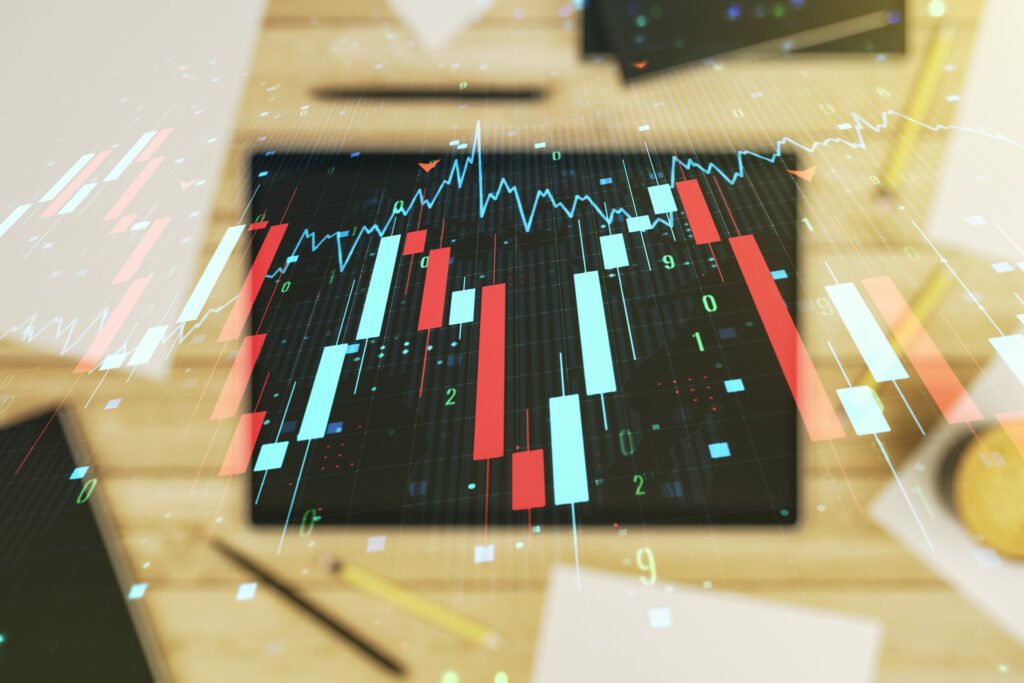Decoding the Markets: Fundamental vs. Technical Analysis

Fundamental analysis and technical analysis are two contrasting approaches used in analyzing the markets. While they both aim to predict future stock prices, they employ different methods and have their own sets of supporters and critics. Fundamental Analysis Fundamental analysis focuses on determining the intrinsic value of stocks. Analysts in this school of thought study […]
GBP/JPY Forecast: Navigating Resistance Levels

The GBP/JPY pair continues its volatile movement, displaying an overall long-term upward momentum. Despite rallying above the significant ¥175 level against the Japanese yen, the market is facing substantial resistance, potentially indicating a slowdown in the British pound’s momentum. However, there is notable support beneath, attracting value-seeking buyers. The ¥175 level, previously a strong resistance […]
Do Prop Trading Firms use technical analysis?

Internet prop firms and prop trading firms are not the same entity. In general, Prop businesses will utilize any trading advantage they can to increase their profits. The traders at Internet Prop Firms are free to conduct their own research, hold positions, and execute trades before being copied by the firm. They will profit from […]







 CLAIM BEST 80% ACCOUNT MODEL: NO CHALLENGE, JUST INSTANT FUNDING
CLAIM BEST 80% ACCOUNT MODEL: NO CHALLENGE, JUST INSTANT FUNDING